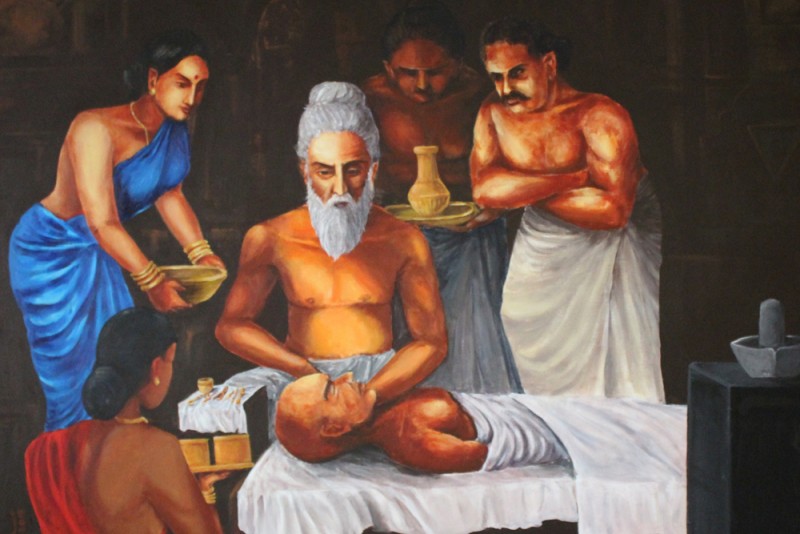
Plastic surgery is a medical specialty that has evolved significantly over the centuries. While it may seem like a modern phenomenon, the roots of plastic surgery can be traced back thousands of years. One of the earliest recorded instances of plastic surgery can be attributed to an ancient Indian physician named Sushruta. Sushruta, an ancient Indian physician, played a pivotal role in the history of plastic surgery. His meticulous documentation of surgical techniques and innovative approaches, particularly in nasal reconstruction, showcase his mastery in the field. Sushruta's contributions have left an indelible mark on the world of medicine and continue to inspire modern-day surgeons. The pioneering work of this ancient surgeon serves as a testament to the rich and diverse history of plastic surgery.
Sushruta, also known as the "Father of Surgery," lived in ancient India around 600 BCE. He was an accomplished physician and surgeon who practiced during the Vedic period. Sushruta's knowledge and expertise extended beyond conventional medical practices, and he delved into the realm of reconstructive and cosmetic surgery. Sushruta's invaluable teachings and techniques are documented in the Sushruta Samhita, an ancient text that is considered one of the most comprehensive treatises on surgery. This treatise covers a wide range of medical topics, including surgical procedures, anesthesia, and medicinal preparations. It contains detailed descriptions of various plastic surgery techniques that were practiced during that era.
One of the most significant contributions made by Sushruta was in the field of nasal reconstruction. The Sushruta Samhita describes a detailed procedure for repairing and reconstructing a severed or damaged nose, known as rhinoplasty. Sushruta's techniques involved the use of skin flaps from the cheek or forehead to create a new nose, demonstrating remarkable surgical skill and ingenuity.Shushruta's innovations extended beyond nasal reconstruction. The Sushruta Samhita also describes techniques for repairing earlobes, correcting cleft lips, and treating various facial deformities. Sushruta's understanding of human anatomy, along with his dexterity in surgical procedures, allowed him to develop methods that were remarkably advanced for his time.Sushruta recognized the importance of anesthesia during surgery and described various methods of achieving pain relief. He advocated the use of herbal concoctions, including opium, along with inhalation of fumes to induce a state of unconsciousness during surgery. Additionally, Sushruta emphasized the significance of post-operative care and prescribed treatments to promote healing and prevent infection. Sushruta's groundbreaking contributions to plastic surgery were not only limited to his time but also had a lasting impact on the field. His techniques and principles laid the foundation for future advancements in reconstructive and cosmetic surgery. Sushruta's knowledge was later disseminated across different civilizations, influencing the development of surgical practices in ancient Greece, Rome, and the Arab world.
also read - The Burger Chronicles: Unveiling the History and Recipe of Everyone's Favorite Delight!
The Scrumptious Journey of Italian Pizza: Unveiling its History, Varieties, and Authentic Recipe
The Evolution of Smartphones: Unveiling the IBM Simon, the Pioneer of Mobile Technology